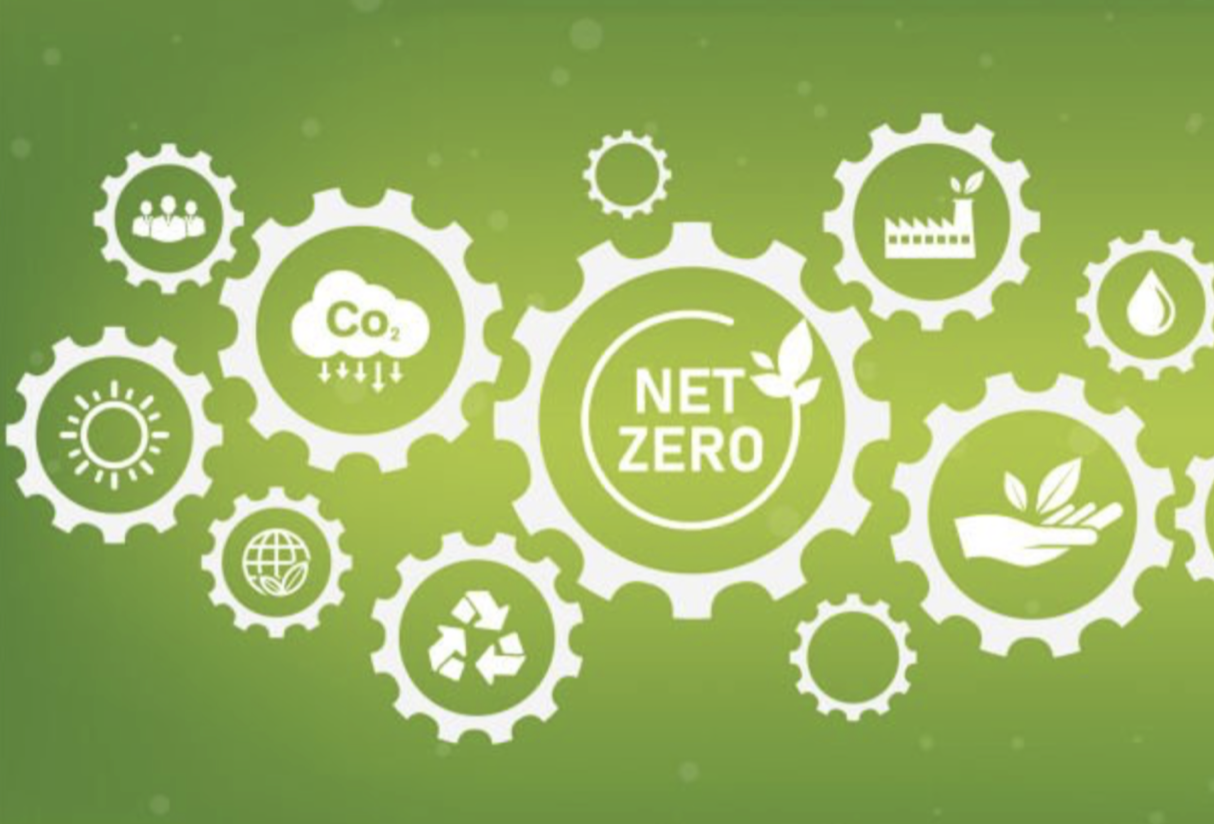By Michael Botti, Year 12
Neutrality is an intrinsic part of Switzerland’s identity and one of the main principles of Swiss foreign policy, dictating that Switzerland is not to be involved in armed conflicts between other countries. However, there is a different ‘battle’ occurring in combatting anthropogenic (human-made) climate change. Fossil fuels – coal, oil and gas – are by far the largest contributor to global climate change, accounting for over 75% of global greenhouse gas emissions and nearly 90% of all carbon dioxide emissions.
There is another type of neutrality – carbon neutrality. On June 18, 2023, Swiss voters approved by a vote of 59% to 41% the Climate and Innovation Act. The Act codifies a net zero target “cutting greenhouse gas emissions to as close to zero as possible” by 2050. Many other developed and developing countries have similarly adopted carbon neutrality goals and laws.
What does it mean to be carbon neutral?
Carbon neutral is a state of equilibrium between emissions and removals of anthropogenic greenhouse gases (GHGs). It is the sum of the emissions of carbon dioxide (CO2) and other GHGs minus the amount absorbed through carbon sinks such as afforestation and reforestation, which absorb CO2 from the atmosphere resulting in net-zero emissions. Carbon neutrality is the process of reducing anthropogenic carbon dioxide and other greenhouse gases to net zero. Carbon neutral represents a state of equilibrium and when emissions are net zero, global temperatures stabilize. This equilibrium state is critical in addressing climate change and maintaining environmental sustainability.
Why is carbon neutrality necessary to avert climate catastrophe?
Greenhouse gases, as their name implies, contribute to climate change by raising global temperatures. Examples of the effects of climate change include rising temperatures making wildfires more likely to start and spread quickly. Cyclones, hurricanes, and typhoons gain strength from warmer water at sea level, increasing the damage from these storms. Water shortages in areas where water has already been scarce will be exacerbated. Carbon dioxide in the ocean will increase, leading to ocean acidification. Sea levels will also rise. Species loss and food shortages are also a concern. Climate change is one of the reasons why hunger and malnutrition are increasing worldwide. One example of increased health risks is the spread of disease due to changes in weather patterns. In addition, extreme weather events are expected to increase the number of deaths. Then there are the problems of poverty and forced migration. Increased flooding will wash away slums, water shortages will affect crops, and many refugees arise.
The World Economic Forum publishes an annual Global Risks Report in which the risks of failing to address climate change top the list of global risks for 2023 and beyond. First of the Global Risks is failure to mitigate climate change, second is failure to adapt to climate change, third is natural disasters and extreme weather events, fourth is biodiversity loss and ecosystem collapse, and fifth is large-scale involuntary migration.
Source: IPCC, 2021
These figures from the Intergovernmental Panel on Climate Change (IPCC) Summary for Policymakers Report convey a clear message: the recent changes in our climate are not only unparalleled in recent history but are also largely driven by human activities. The IPCC report summarizes in Finding A.2: “The scale of recent changes across the climate system as a whole – and the present state of many aspects of the climate system – are unprecedented over many centuries to many thousands of years.”
What actions can individuals, governments, and corporations take to achieve a carbon neutral planet?
Climate change mitigation involves the reduction of greenhouse gases in the atmosphere through emission reductions and carbon sequestration. Examples of mitigation measures include carbon sequestration via afforestation and the implementation of renewable energy sources. It is crucial to recognize that without mitigation, adapting to the significant damages caused by climate change would be unattainable. Mitigation efforts reduce the causes of climate change, while adaptation measures address its effects. Together, they form a dual strategy that is indispensable for our resilience and survival in the face of climate change.
The major areas for sectoral mitigation are: Energy, Industry, AFOLU (agriculture, forestry and other land use), Transportation, Buildings, Cities, Demand-side Measures, and Carbon Dioxide Removal. Part 2 of this article will address each of these sectors in more detail with some interesting and potentially transformational case studies.
We must embrace actionable solutions to address one of the most significant challenges of our era—achieving carbon neutrality to stabilize global temperatures and preserve our environment for future generations.



